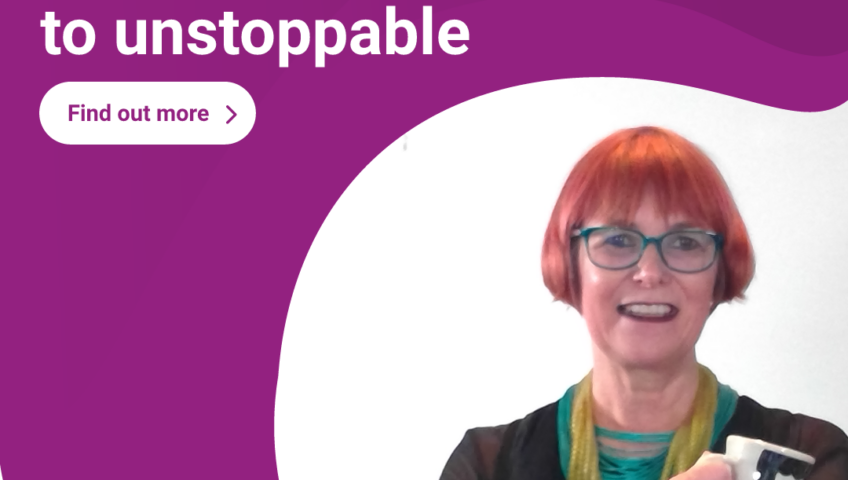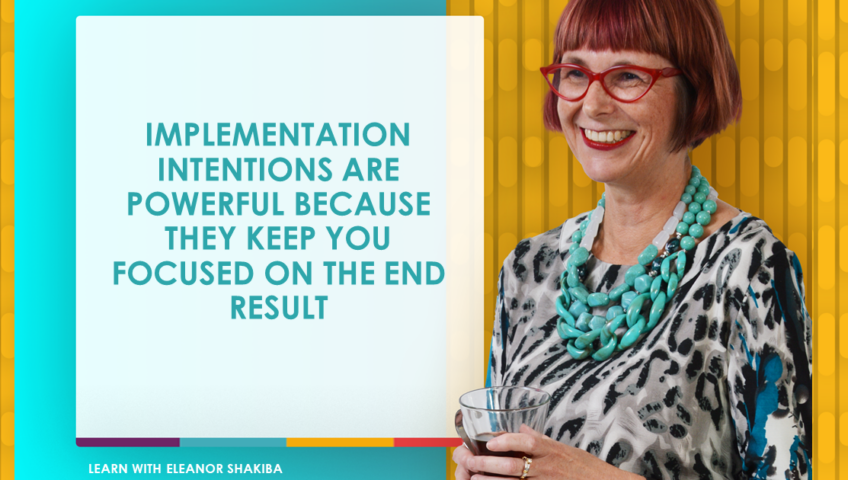“Done is better than perfect.” It’s a simple phrase, but it packs a punch. This quote doesn’t just sound good, it’s a rock-solid foundation for momentum. I learned this when I first thought of setting up my business. That was back in 2003 and I was scared of failure. My mind was full of imagined catastrophes; quitting my job only to fail in my own business. Never finding clients. Losing my home. And so on.
So I procrastinated. For three years. Finally, a wise mentor told me “Done is better than perfect.” And it changed everything. I realised my perfectionism was blocking my progress. Sure, I wanted to succeed. Meanwhile, though, I was failing by default. So, in 2006 I quit my day job and set up Think Learn Succeed. I have never looked back. Even during Covid 19 I found clients and found success. And that’s why I’m here to help you build momentum today.
So, what’s the moral of this story? It’s that procrastination can be a huge roadblock to success. Don’t let fear hold you back. It’s better to just get started and adjust as you go along. Here are three tips to get you started.
Free e-book and video tips.Get your copy today!
|
|
Start every day by doing an important task first
That means dedicating time to Your Big Goal and not letting day-to-day chaos get in your way. Sure, it might be daunting to tackle a goal that seems lofty and far-reaching. But you’ll never get there if you don’t start somewhere.
When your brain conjures up visions of failure or disaster, challenge it to go one step further
Imagine yourself handling the problem or solving the issue. This will give you a sense of control and smash your fear into smithereens. The same creativity you put into worrying can be used to solve problems and create solutions. Use your brain for good not evil!
Finally, take joy in doing the tough stuff
Be curious, playful and committed to the process. Don’t be afraid of making mistakes or falling short. Instead, embrace action and the growth it inspires. Don’t wait three years to bring your One Big Goal to life. Start today. And before you know it, you’ll be looking back at how far you’ve come down the road to success.
This article summary was created by Eleanor Shakiba
Eleanor is a leadership trainer, success coach and people skills expert. She helps managers and business owners build thriving teams and organisations, using tools from Positive Psychology. She's trained more than 60,000 people during her career as a corporate trainer and professional development consultant. Her mission is inspiring talented people to become leaders who make a difference.









